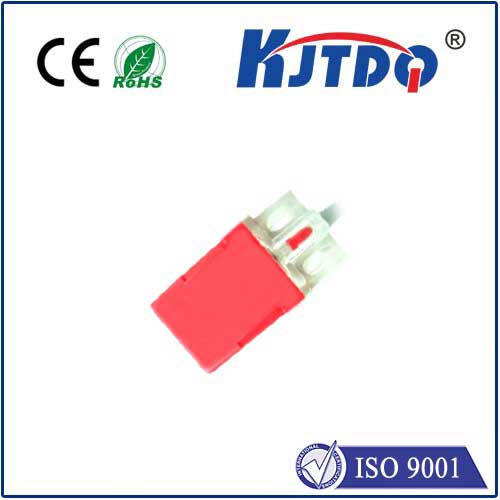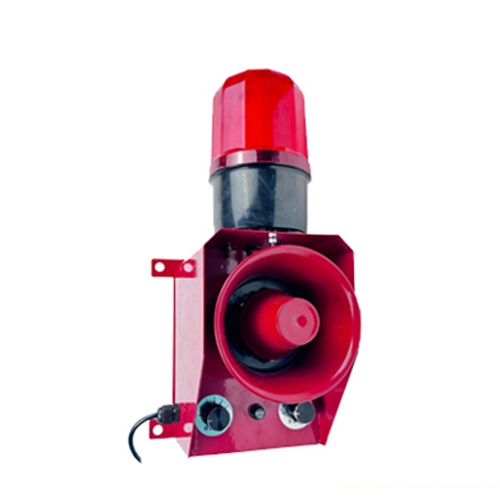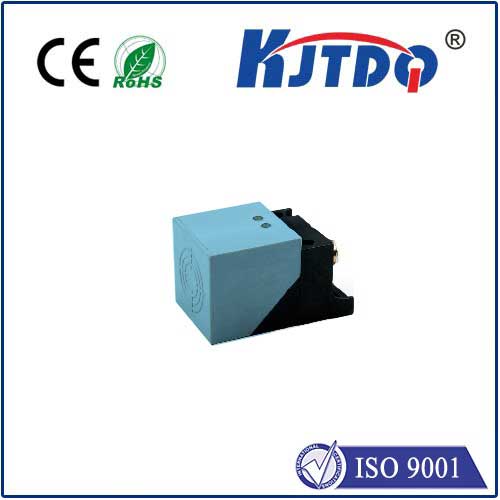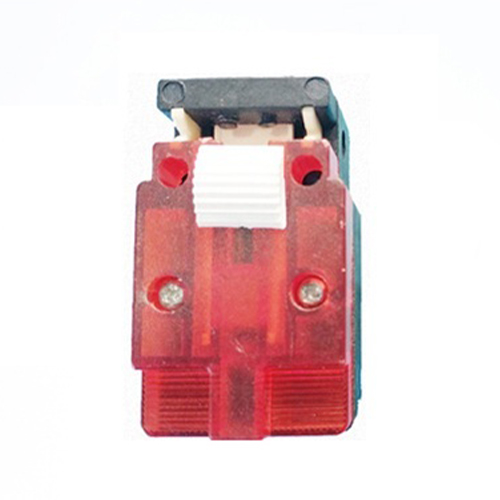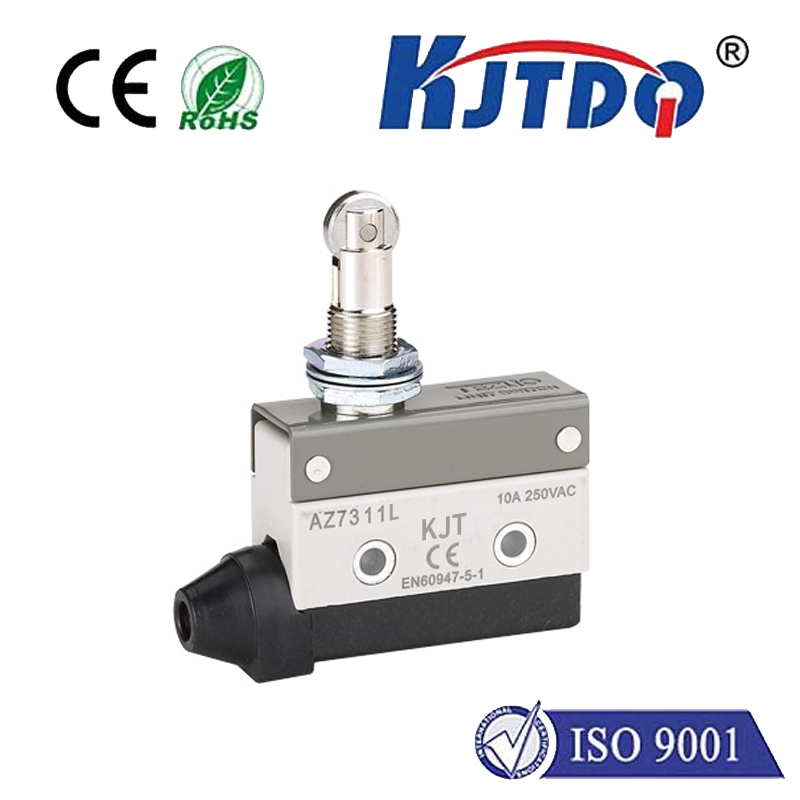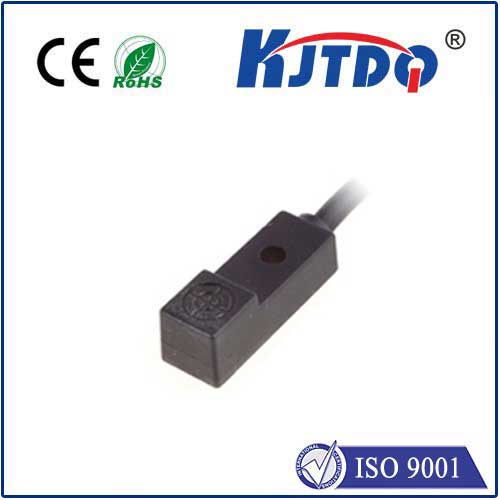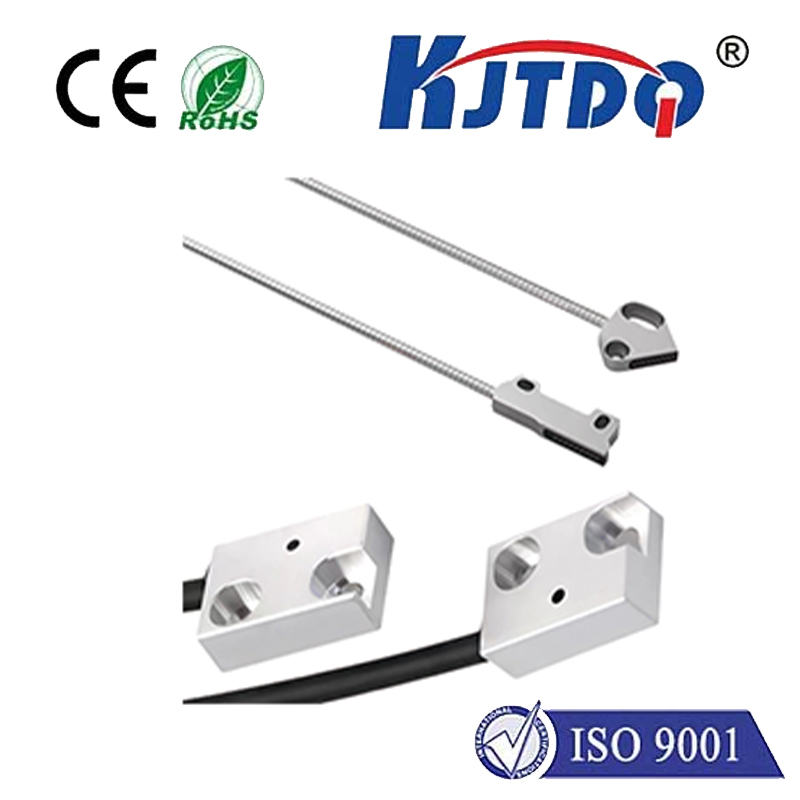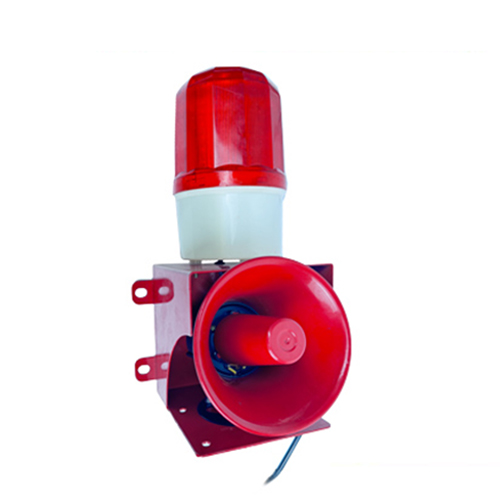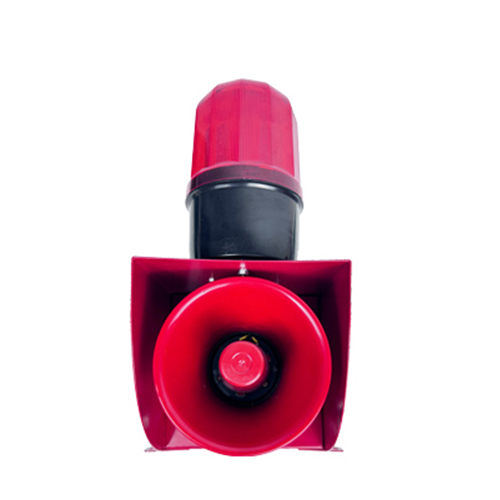

check

check

check

check

check

check

check

check

check

check
Limit switch indicators are an essential component of industrial automation. These devices act as a safeguard, monitoring machinery and equipment to ensure that they operate within predefined limits. They are designed to detect the presence or absence of an object, triggering a response when a machine reaches its set parameters.
The primary function of a limit switch indicator is to provide feedback about the status of a machine or system. This feedback can take many forms, including visual signals such as LED lights, audible alarms, or digital readouts. By monitoring these signals, operators can quickly identify potential issues and take corrective action before they escalate into more significant problems.

In addition to providing real-time updates on a machine's performance, limit switch indicators also play a critical role in safety. By setting physical boundaries for machinery, these devices help prevent accidents caused by overheated bearings, misaligned conveyor belts, or other mechanical failures. As a result, they are an indispensable tool for any facility that values both efficiency and worker safety.
Despite their importance, however, limit switch indicators are not without their limitations. One common issue is false positives, which occur when a switch is triggered even though no object is present. Another challenge is wear and tear, which can cause switches to fail over time. To address these issues, it's essential to choose high-quality limit switch indicators and maintain them regularly.
In conclusion, limit switch indicators are an essential part of modern manufacturing and industrial processes. They provide critical information about a machine's performance and help keep workers safe from harm. By understanding how these devices work and taking steps to maintain them properly, manufacturers can optimize their operations and minimize downtime due to mechanical failures.
